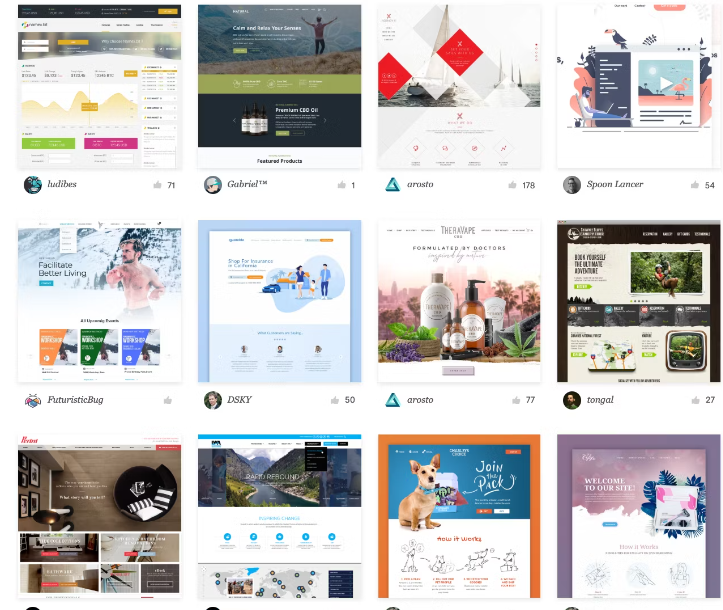Essential Design Principles for Crafting the Perfect Website

The boost in brand visibility and recognition a website gives benefits both small and large companies. However, the trick isn’t creating a website but how good your website is.
There are about 1.13 billion websites on the internet, but the majority of traffic is shared among a small percentage of those. Your site has to be unique to stand out from the crowd. And this is done through great design.
This article will show you some important principles to follow to help you craft a flawless website.
Essential Design Principles To Craft The Perfect Website
These principles are here to ensure that your website is effective and boosts your business. They include:
- Simplicity: Your website should have a clean layout that passes information to your visitors and is pleasing to the eyes. Users tend to move their eyes in a ‘Z’ or ‘F’ down the page, so tailor your UI accordingly.
- Responsive Design: Your users won’t always access your website through their PCs. Over 55% of website traffic comes from mobile devices. Your site should adapt to different screen sizes.
Now, imagine that every time a user accesses your site on their phone, they have to keep zooming in and out to see your text. They won’t be coming back.
- Intuitive Navigation: One crucial rule of website design is “Don’t make users think.” Your users shouldn’t wonder how to access parts of your website. When that happens, they may muddle through angrily or just leave.
This is why the dropdown menu with the three-line (hamburger) icon is popular. Some websites even include a search functionality.
- Colour Selection: Your page colours are not just essential for branding; they also create compelling visuals for your web pages. Use complementary colours from the colour wheel and stick to them for consistency.
- Visual Hierarchy: Use negative space, contrasting colours, and font sizes to pull visitors to important parts of your website text. Headers and subheadings should be separated effectively. This improves your readability.
- Accessibility: You should optimise your website for visitors with disabilities. These users may access your site with screen readers, making alternative text under images necessary. Some others may have visual problems, which necessitate high-contrast text. Keep this in mind as you design.
- Performance Optimisation: Finally, your website performance should be optimised. Key aspects like your page speed should be top-notch, as users hate waiting for pages to load. One step is to optimise your images as they are usually the last to load. You can also resort to HTTP caching and limiting your redirects.
Conclusion
A website is a great way of boosting your business’s online presence. This enables you to reach a wider audience and enhances your growth. However, a terrible website may be detrimental to your business.
That is why an experienced website designer like Vendo Digital is necessary to ensure your website is the best to achieve your goals. Reach out to avoid making serious mistakes while going it alone.





